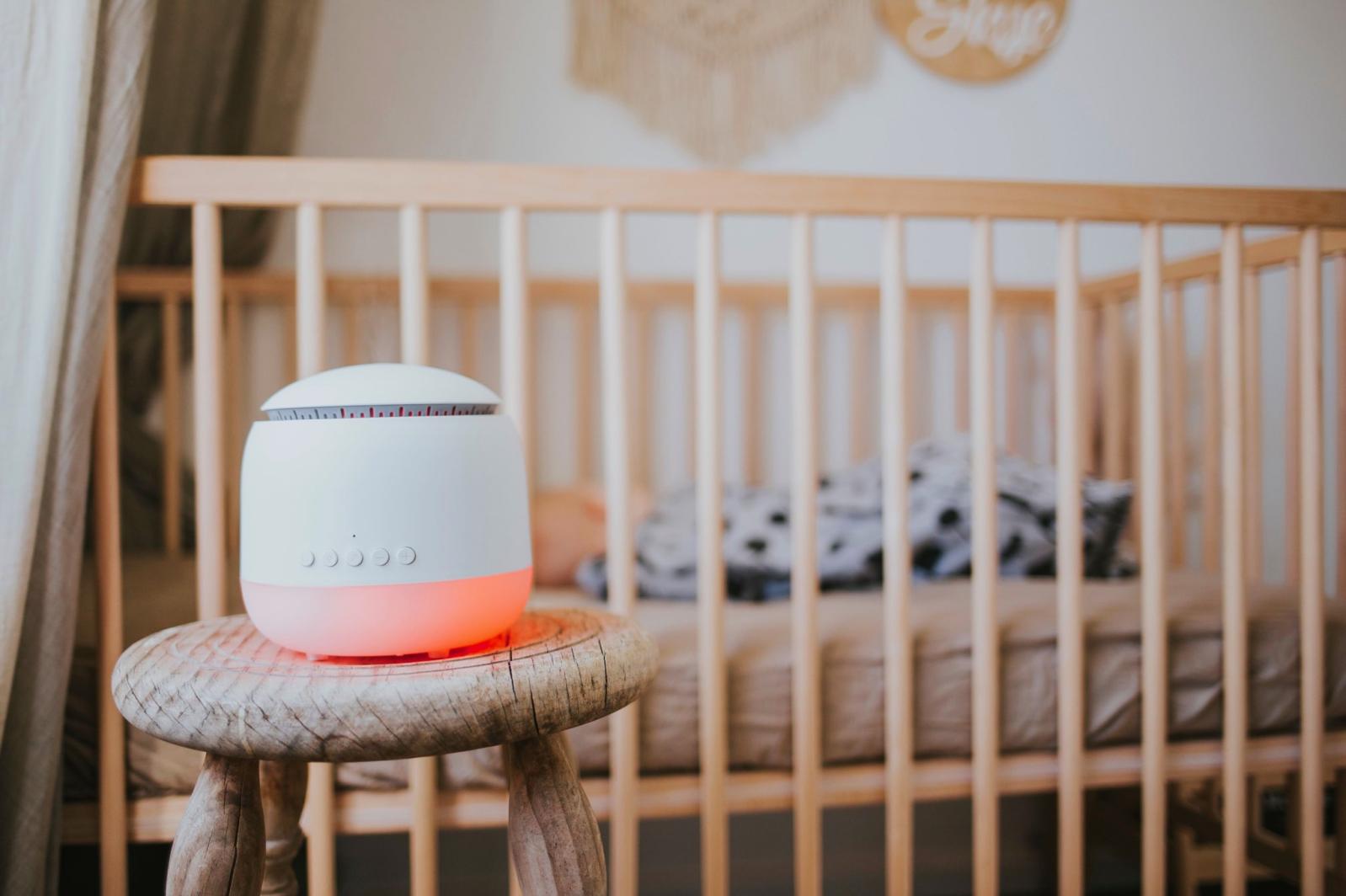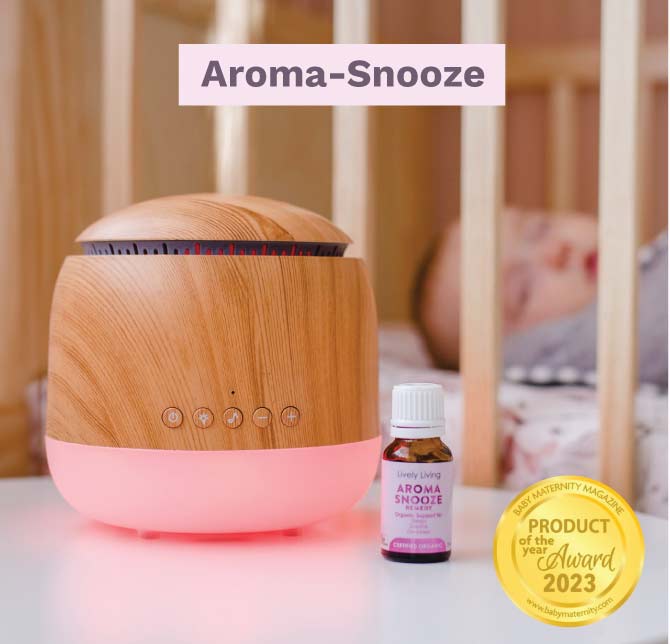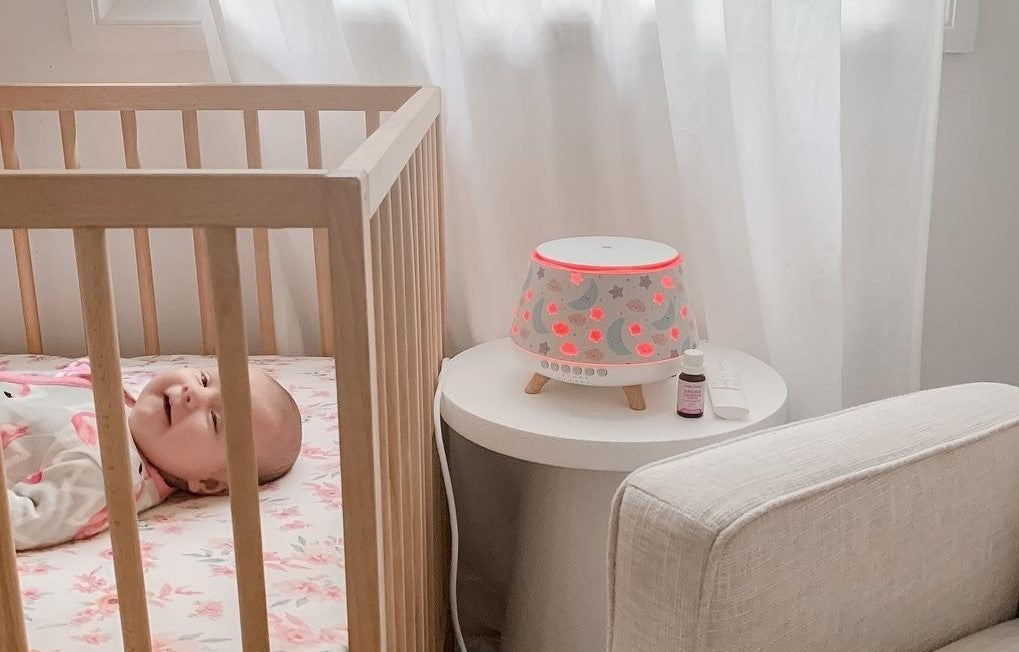Charting 3-Month-Old Baby Milestones: A Growth Journey
Ever wonder what magical milestones await as your little bundle of joy turns three months old? Imagine their first genuine smile lighting up a room or that delightful moment when they recognize you - pure magic, right?
In the blink of an eye, your tiny newborn is now exploring the world with newfound curiosity. They're gaining strength, mastering movements and discovering their voice.
Remember how thrilling it was to feel those tiny fingers grip yours for the first time? Now get ready for even more heartwarming moments! By understanding these developmental stages better, we can provide our babies with just what they need at each step.
This guide will serve as your trusty lighthouse, guiding you through these yet-to-be-explored territories.
Table Of Contents:
- Understanding Your Three-Month-Old Baby's Development
- The importance of Tummy Time for Your Baby
- Communication Milestones at Three Months
- Emotional Development in Three-Month-Old Babies
- Exploring the World Through Touch
- Sleep Patterns in Three-Month-Old Babies
- FAQs in Relation to 3-Month-Old Baby Milestones
- Conclusion
Understanding Your Three-Month-Old Baby's Development
The journey of your baby’s growth is fascinating. At three months old, their development starts to pick up pace, revealing a new world full of milestones.
Gaining Control Over Head and Neck Muscles
Your little one is starting to gain more control over their head and neck muscles at this age. This newfound strength lets them hold up their heads for longer periods without getting tired. BabyCenter mentions that by now, they should be able to lift their head 90 degrees when lying on the stomach - a key milestone.
This muscle control improvement not only supports physical abilities but also boosts cognitive skills. It enables infants to investigate their surroundings with greater ease than before.
Tracking Moving Objects
Around three months, you might notice your baby following moving objects with keen eyes. Their visual tracking ability gets sharper which helps in strengthening eye muscles as well as brain-eye coordination.
Babies start reaching out for these tracked items too. They’re still perfecting aim though; so don't worry if they miss often. Raising Children Network Australia suggests it’s all part of learning hand-eye coordination.
These leaps in development make every day an exciting adventure for both parents and babies alike.
The importance of Tummy Time for Your Baby
It's time to get your little one on their belly. Not only does this activity promote development, but it can also be an enjoyable bonding opportunity.
How Tummy Time Helps in Muscle Development
Tummy time is crucial because it aids in the strengthening of your baby's neck and head muscles. When babies lay on their stomachs and lift their heads, they are working those tiny muscles. This helps give them more control over movements as they grow.
Research shows that, at around three months old, many infants can raise their heads 45 degrees or even higher.
Promoting Development Through Tummy Time
Beyond muscle development, tummy time plays a vital role in promoting overall development too. As babies push up on their hands during tummy time, they build strength necessary for milestones like rolling over and crawling.
A study from Pediatrics Official Journal reveals that regular tummy time improves motor skills. So you see? A bit of floor play isn't just about making sure your infant has strong neck muscles - it paves the way for all kinds of physical feats down the line.
Remember to always supervise during these sessions to make sure everything goes smoothly.
Note: It’s normal if your baby fusses when first starting with tummy time—after all, it’s a whole new perspective.
Recommended health products for 3 month old.
Use Lively Living Organic Tummy Oil to soothe and massage their tummys.
Communication Milestones at Three Months
The journey of a three-month-old baby's communication development is like the opening act of an orchestra, starting with simple sounds and gradually adding more complexity. This phase sees babies experiment with their vocal cords to express joy, curiosity, or even discomfort.
The Emergence of Cooing Sounds
At this age, your little one might start cooing - those sweet vowel-like sounds such as 'aah' or 'ooh.' Studies suggest that these early forms of verbal interaction play a critical role in developing future language skills. Just think about it: Your baby is having their first 'conversation'.
This isn't just adorable; it also paves the way for more complex sound patterns later on. Responding to your baby’s coos encourages them to keep practicing these noises and reinforces the idea that communication has purpose.
You may notice your bundle of joy experimenting with pitch too – sometimes they'll be louder or softer than usual while exploring how their voice works. These variations are essential steps towards saying words.
In addition to producing vowel sounds and coos, many three-month-olds will respond positively when you mimic their sounds back at them—a rudimentary form of conversation. Engaging in these ‘talks’ can make sure you help strengthen those budding speech muscles.
Emotional Development in Three-Month-Old Babies
The emotional development of your three-month-old baby is a captivating journey. At this stage, their world starts to become more engaging as they begin recognizing familiar faces and may even start showing signs of stranger anxiety.
Recognizing Familiar Faces
Around the three-month mark, babies often start distinguishing between people they know and strangers. This recognition ability stems from their growing attachment to those who care for them regularly. Recent studies suggest that infants' brains are wired to prefer looking at familiar faces. Be amazed if your infant beams when they catch sight of you.
This milestone not only strengthens the bond between parent and child but also lays down the foundation for social skills development later on. But remember, every baby develops at their own pace, so don't fret if yours isn’t there just yet.
Understanding Danger Anxiety
Along with recognizing familiar faces comes an understanding of 'stranger danger'. Although it's rare at three months old, some babies might show early signs of stranger anxiety.
If your little one seems uneasy or cries around unfamiliar people, it’s simply because they’re still learning about trust outside their comfort zone – namely parents or primary caregivers.
In essence, these developments underscore how rapidly our tiny humans grow emotionally within just a few months after birth. Stay patient and enjoy each step; these moments won’t last forever.
Exploring the World Through Touch
Your three-month-old baby is embarking on a tactile adventure. It's not just about reaching out and touching things, but more so about bringing those fascinating objects to their mouth.
Hand-to-Mouth Exploration
The world around them suddenly becomes an endless source of wonderment as they begin to understand it through touch. Studies have shown that this hand-to-mouth exploration plays a crucial role in sensory development and understanding their environment.
This new-found skill isn't merely a sign of teething or hunger. In fact, by mouthing objects, your little one gets unique information about its texture, shape, temperature - insights they can't get from simply looking at it.
This phase also prepares them for self-feeding later on - yes, all those drool-covered toys will pay off.
- Babies love different textures: smooth plastic keys contrasted with fuzzy stuffed animals pique curiosity.
- Mouthing items help babies differentiate between various shapes; round pacifiers feel different than square blocks when explored orally.
ZeroToThree, a leading resource on infant development states 'This hands-on (and mouth-on) approach is baby’s way of learning how her body works...'. So don’t worry too much if you see your child putting everything within reach into his or her mouth – they’re only exploring.
Remember always to supervise playtime closely and ensure the safety of the objects they are mouthing. So sit back and watch as your little explorer embarks on this exciting sensory journey.
Sleep Patterns in Three-Month-Old Babies
At the three-month point, you may observe some shifts in your baby's sleep habits. It's around this age that many babies start to sleep for longer stretches at night, a welcome relief for tired parents.
Longer Stretches of Sleep at Night
Babies' circadian rhythms are starting to develop around now. This means they're beginning to distinguish between day and night.
The result? Your little one may begin sleeping for up to five or six hours straight during nighttime. Yes, you heard it right. But remember, every baby is unique and develops at their own pace. So if your tiny tot isn't quite there yet - don't fret.
In fact, according to The National Sleep Foundation, most 3-month-old infants should be getting about 14-17 hours of sleep over a 24-hour period with frequent naps throughout the day. This includes both daytime naps and periods of overnight rest.
To encourage healthy sleeping habits, keeping a consistent bedtime routine can help signal it's time for slumber. A warm bath followed by a book reading session could just do wonders. Use Lively Living Aroma-Snooze to support a healthy Bedtime routine.

Remember consistency is key here; repeating these routines each evening will eventually teach your little one when it's time to wind down.
But hey—don’t forget those middle-of-the-night diaper changes or feedings—it’s all part of being an awesome parent.
FAQs in Relation to 3-Month-Old Baby Milestones
What should a 3 month old be doing?
A three-month-old baby typically starts gaining control over their head and neck muscles, tracks moving objects with eyes, begins to coo, and explores the world by touch.
How much tummy time should a 3 month old have?
Tummy time for a three-month-old is crucial. It's recommended they get around 30 minutes daily across several sessions to help muscle development.
At what age do babies roll over?
Babies usually start rolling over between four to six months of age. However, each child develops at their own pace.
What should a 3 month old be saying?
A three-month-old might not say words yet but will likely begin making cooing sounds and simple vowel noises as part of early communication milestones.
Conclusion
Witnessing the unfolding of 3-month-old baby milestones is truly magical. You've seen them gain control over their head and neck muscles, tracking moving objects with newfound fascination.
Tummy time has played a key role in this muscle development journey, laying down foundations for overall growth. The cooing sounds have begun too - their first attempts at communication!
Their emotional world has expanded as well; they now recognize familiar faces and might show signs of stranger anxiety. And how can we forget those tiny hands exploring everything within reach?
Longer stretches of nighttime sleep are becoming more common, letting you catch your breath amidst these whirlwind changes.





















